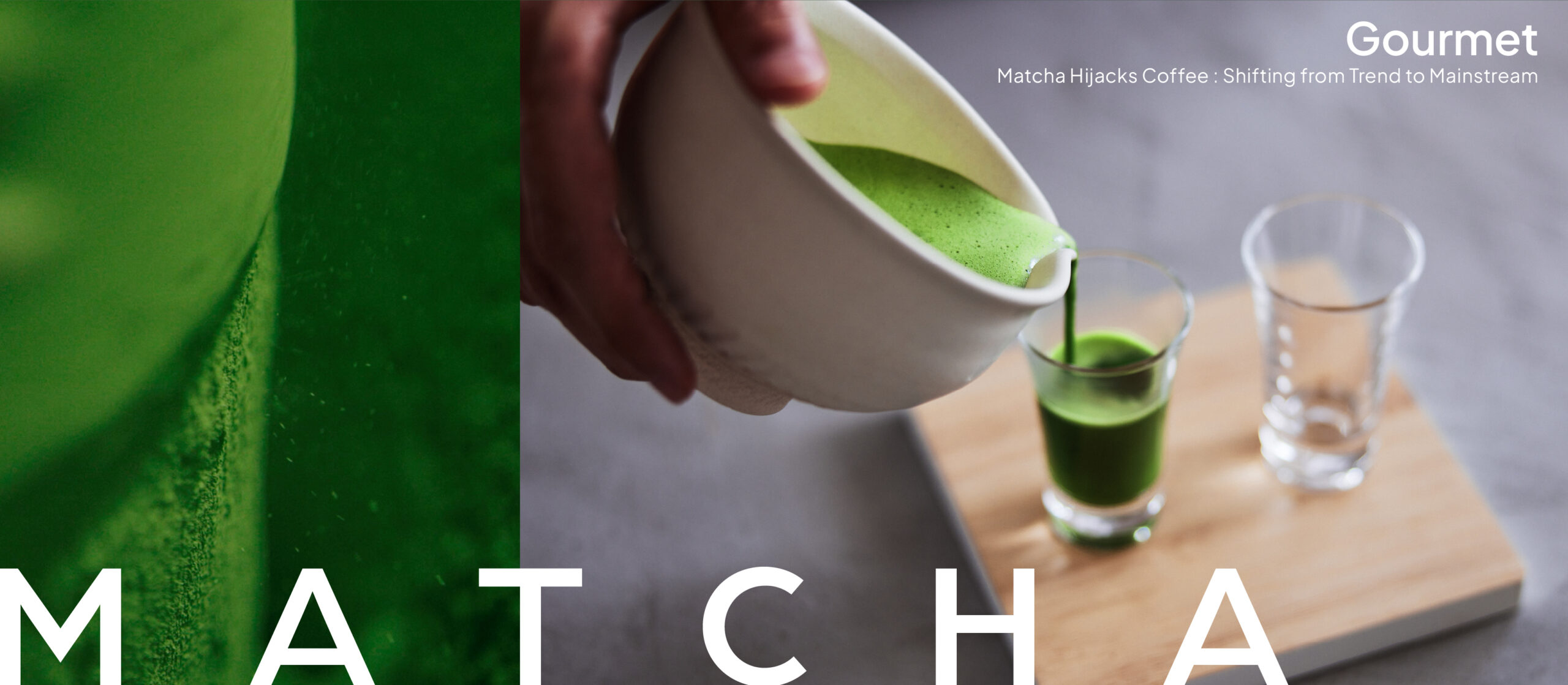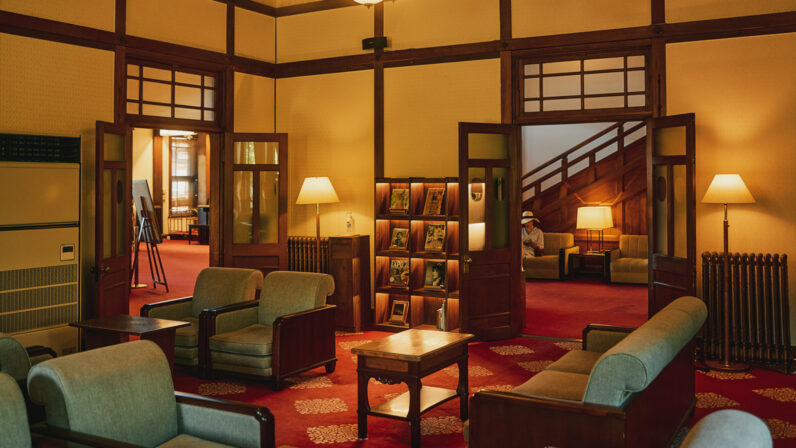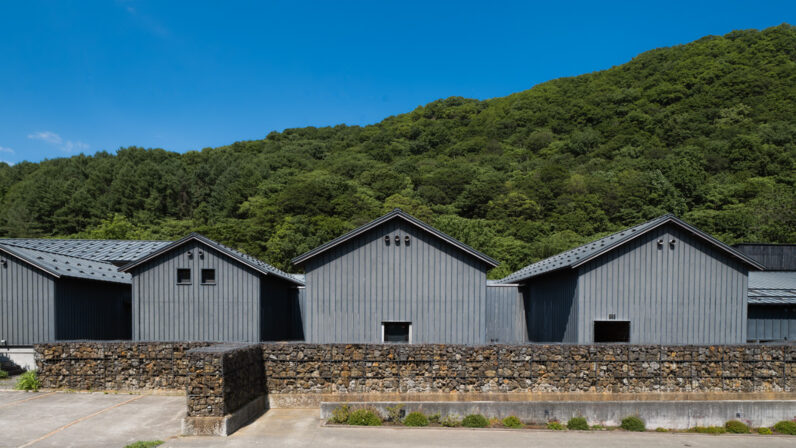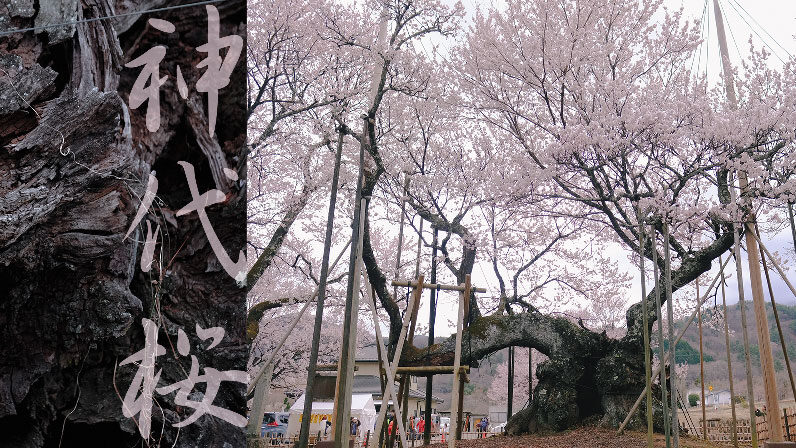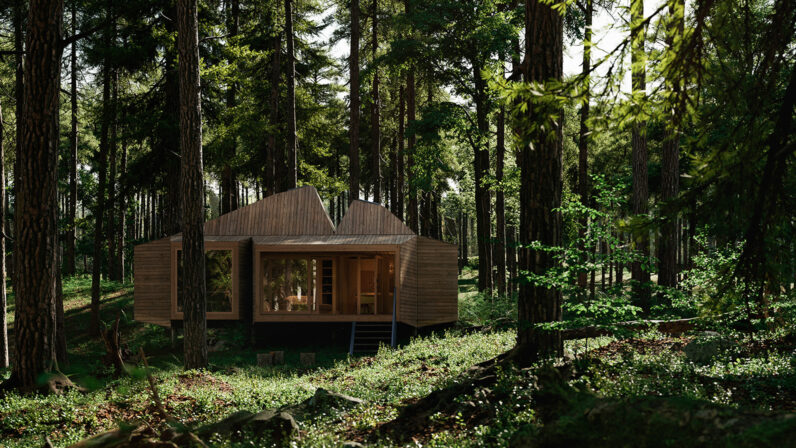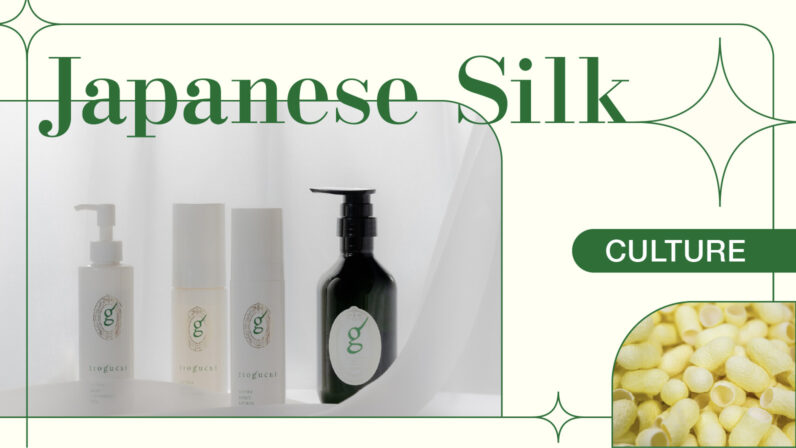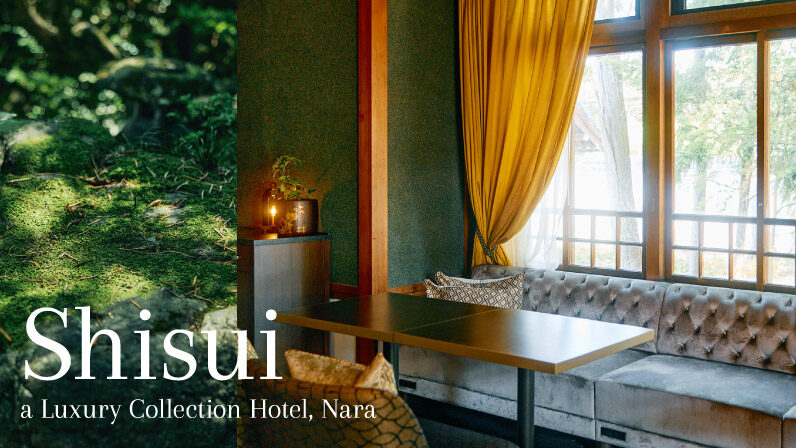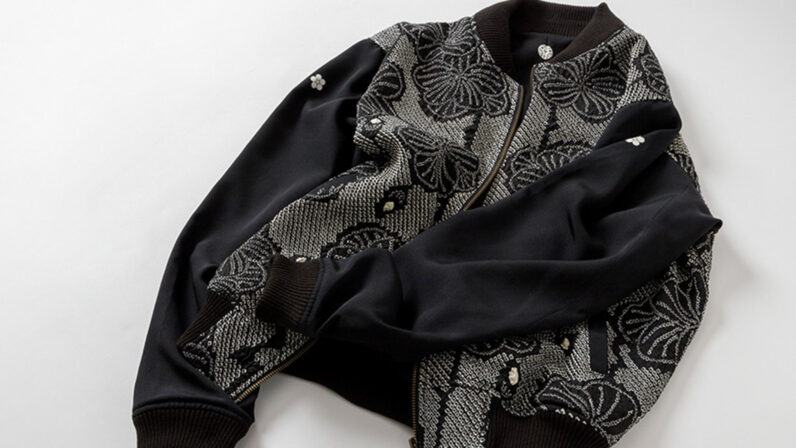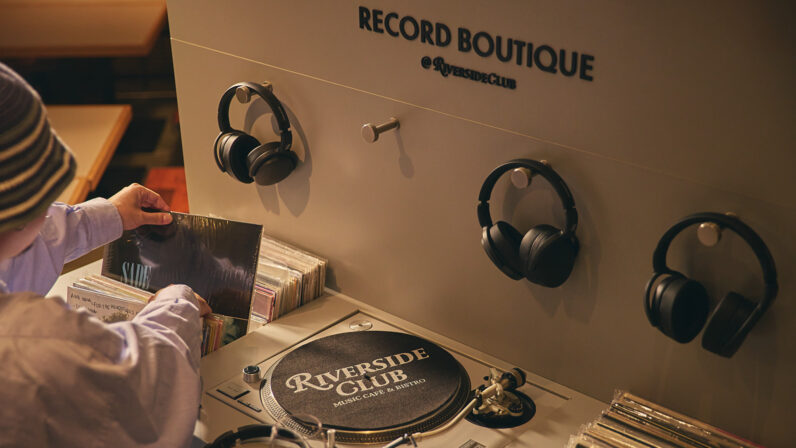Chances are, you’ve heard of matcha. This slightly bitter superfood is currently booming in popularity worldwide, used in a whole variety of tasty treats, from lattes to cakes and desserts.
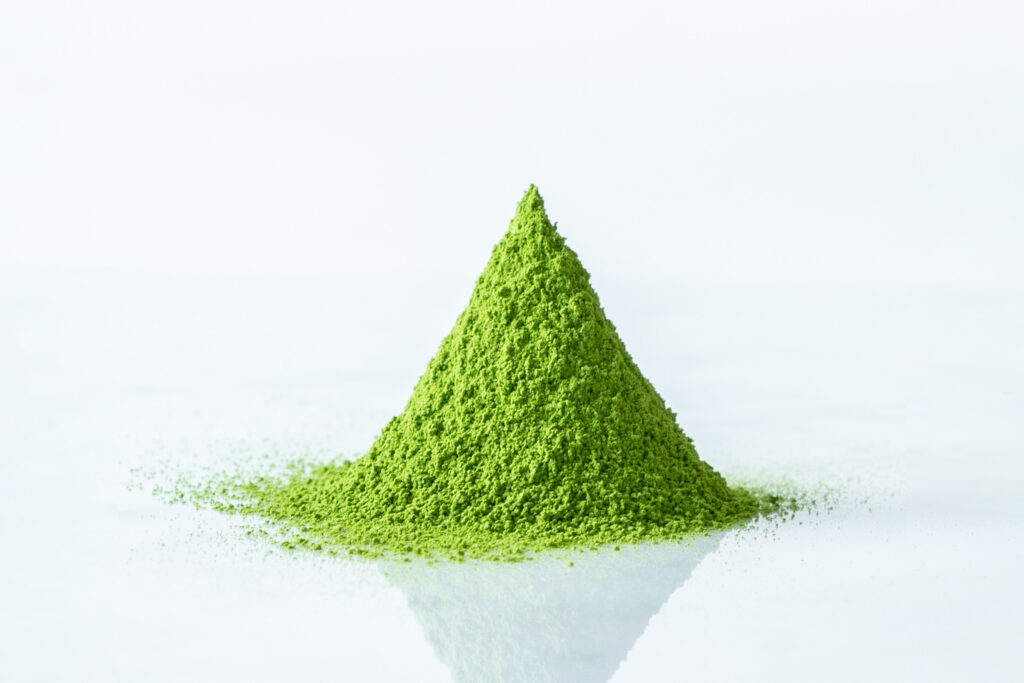
However, even though matcha is having its moment, there are still not many opportunities to taste straight matcha. It has become familiar to most in sweet ice cream or creamy lattes, but even I, like many Japanese people, have never had a cup of straight matcha.
Despite its worldwide following, why is matcha not popularized as a beverage in its original form? Is it due to the bitter taste? But then again, bitterness is not exactly a foreign concept. Coffee is frequently very bitter too, yet it is always found in cafes and restaurants, guzzled up by many on a daily basis. So, is it because straight matcha appears somewhat daunting or intimidating – like something only to be used in complicated tea ceremonies? If only matcha could be enjoyed as casually as coffee…
So, let’s do it – let’s hijack the coffee routine and replace it with matcha!
In order to make such an idea come to fruition, I decided to seek out the advice of a matcha specialist – and there was nobody more suited to the job than Koyama Masayoshi of Yamamasa Koyamaen in Uji, Kyoto. Yamamasa Koyamaen has a proud history of more than 160 years, having begun tea cultivation in the early Edo period (1603 – 1897), gradually developing into a luxury tea wholesaler. As implied its motto, “Taste is here,” the company has long been trusted for consistently delicious tea, earning its place as a firm favorite in the tea ceremony world.
While working in his family’s historic business, Koyama actively promotes the appeal of matcha to younger generations by opening matcha cafes, publishing recipe books, and teaching part-time at a confectionery school.
He exclaims, “Matcha is not difficult to make. There are no tea leaves, so all you have to do is stir it. I want people to find their favorite way to drink matcha just like their daily tea or coffee, and enjoy it in a similarly casual manner. However, I think people are still under the impression that matcha requires some sort of tea ceremony. To counter this, I would like to share with you the way I enjoy matcha in my daily life.”
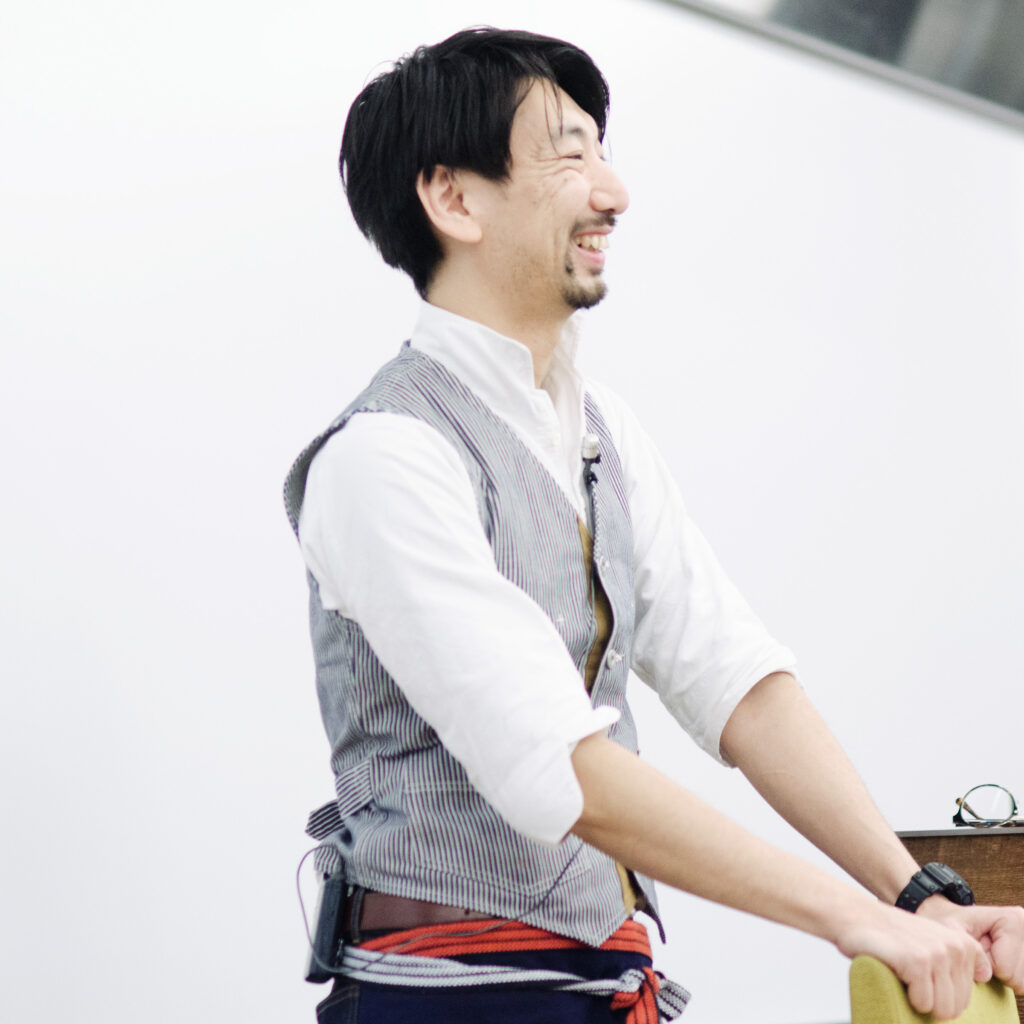
Koyama Masayoshi was born in Uji. His father belonged to the long family line of Yamamasa Koyamaen, a tea wholesaler, and his mother was a flower arrangement and tea ceremony professor in Kyoto. Koyama studied ikebana and tea ceremony from an early age, then chose to major in architecture at university. After graduating from graduate school, he worked as a sales representative and planner for an advertising company before moving to a brand consulting firm. Since joining the family business, he has been responsible for marketing and has been involved in brand design, product planning, and promotion. While working in the tea manufacturing and wholesale business, he continues to promote the enjoyment of tea to people of various generations and countries.
Good morning matcha
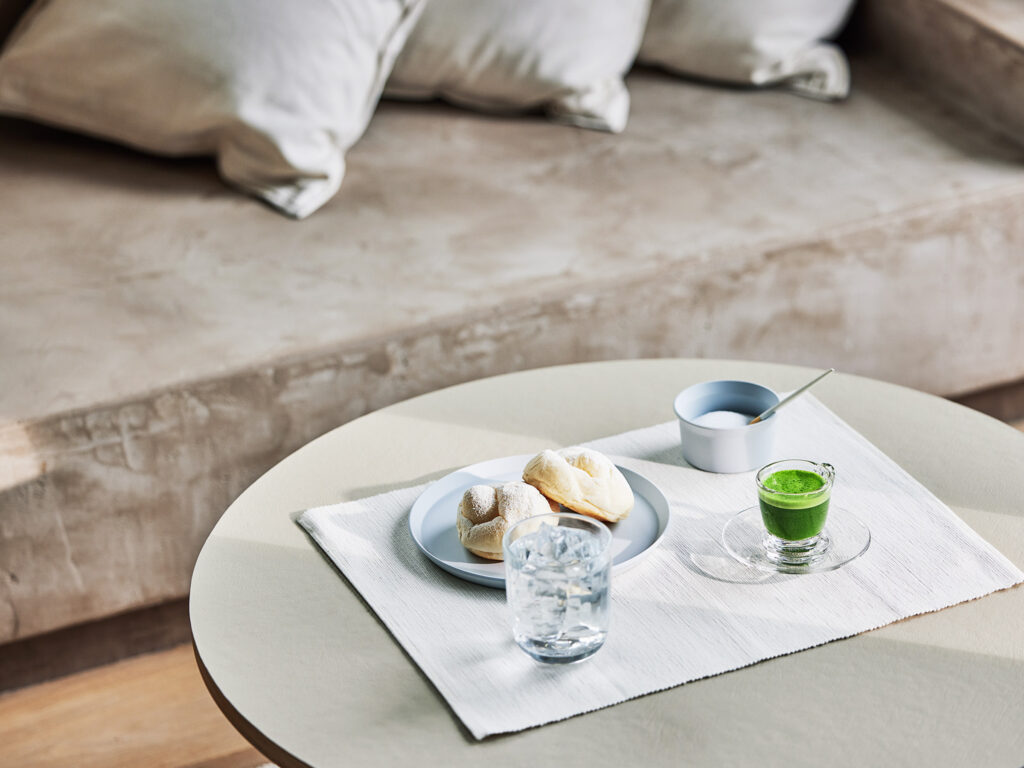
My mind is foggy upon wakening, but the greenery outside is dazzling. I open the window and take a calming sip while soaking up the morning sun. The refreshing aroma of the tea leaves enter my nose and a coolness washes over me as I revel in the fresh morning air.
I cradle a cup of matcha, sweetened with a hint of sugar to bring out the buttery notes and enhance the full flavor of the tea leaves.
Sounds heavenly. Mr. Koyama explains, “Most people have coffee and bread in the morning, but sweetened matcha goes perfectly with bread. Matcha also contains caffeine, so it is perfect as a cup of matcha to wake you up from sleep. It is also rich in vitamins, minerals, and dietary fiber, all of which are good for your health.”
The time required to make a cup is not much different from the time it takes to hand drip coffee. Plus, the moments spent quietly mixing the matcha tea can be strangely calming.
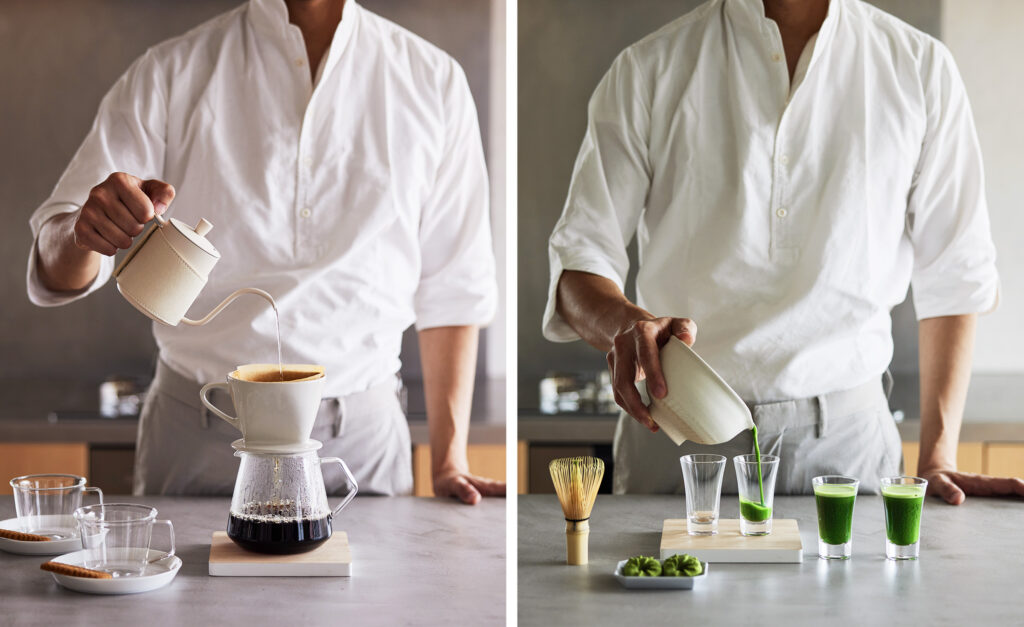
Mr. Koyama says special tools or bowls are not necessary when making matcha, as long as you can find a way to mix it without lumps. Use whatever utensils you like or are familiar with.
To step up your matcha game a little, the matcha pro recommends deep, round-bottomed bowls. The white katakuchi spouted teacups he always uses himself were custom-made by ceramic artist Yutaka Ono.
Business and matcha
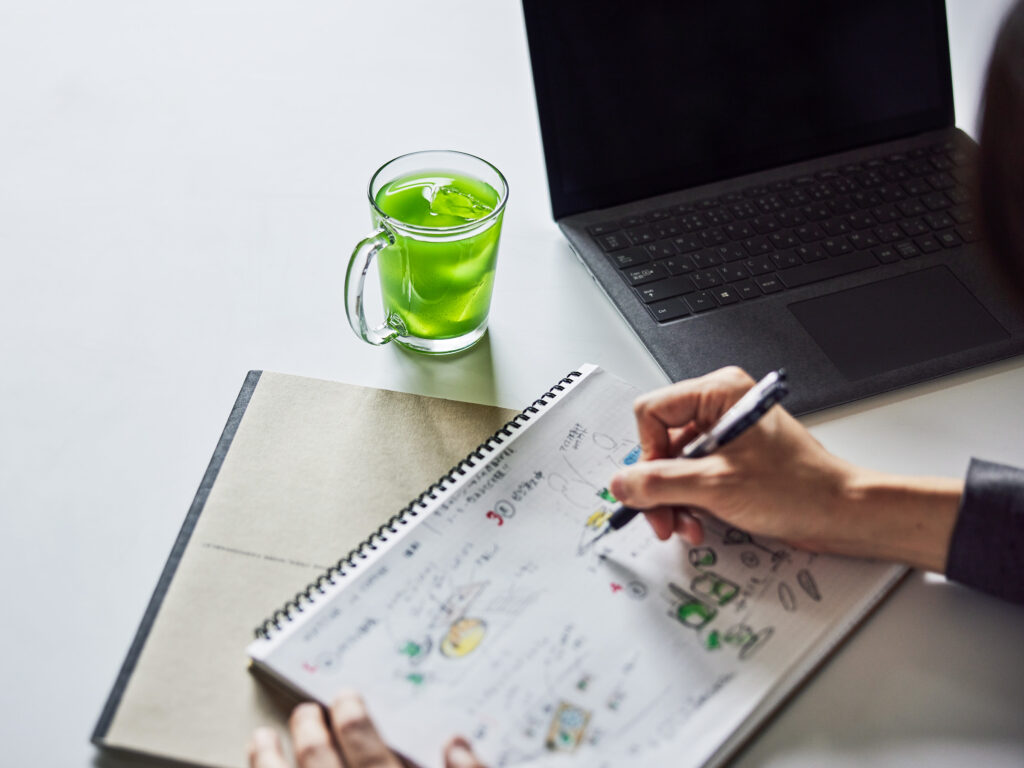
Thinly brewed matcha with plenty of ice makes for a refreshing drink even on hot summer afternoons.
“In fact, the caffeine in matcha is said to have a slower and longer-lasting effect than that of coffee, thanks to its theanine content. This makes it ideal for busy businesspeople who don’t get to take coffee breaks often,” Mr. Koyama says.
Salesforce Japan, which has been researching the benefits of matcha, recently introduced Yamamasa Koyamaen’s matcha lattes to the cafeteria of its office in Marunouchi, Tokyo. For those who don’t like coffee, this may be the perfect way to overcome afternoon drowsiness.
Variety is the spice of life
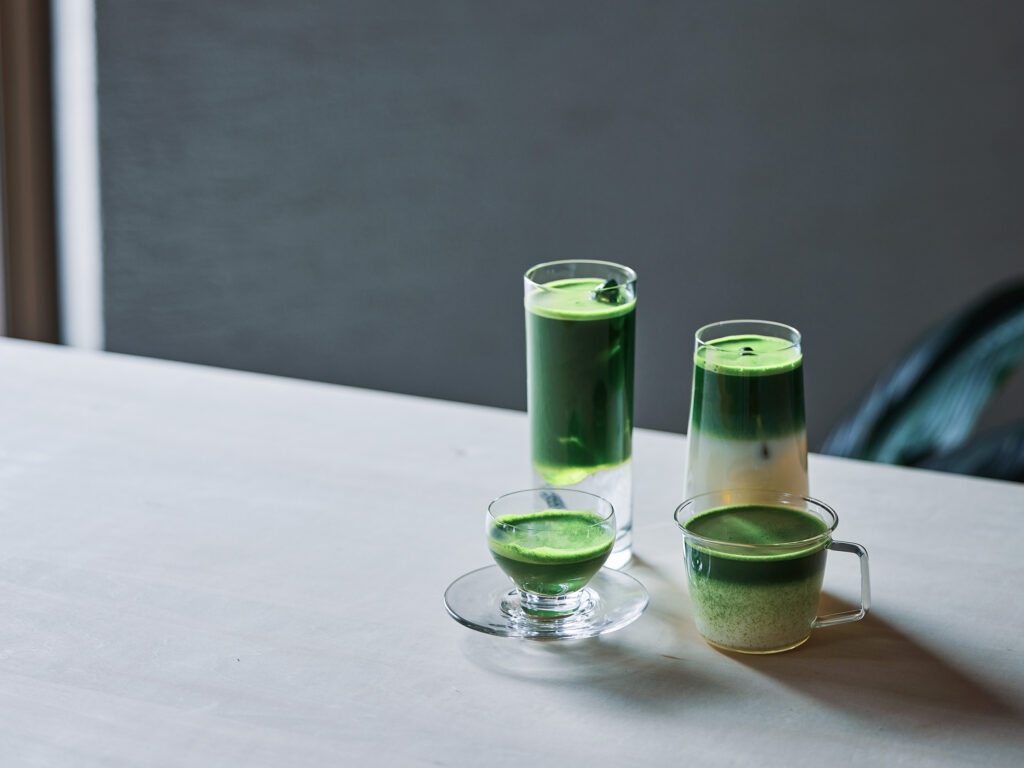
When entertaining friends, why not offer a variety of suggestions for matcha, including straight, latte, and soda? Just as there are those who prefer black coffee and those who prefer café latte, there will be those who love straight matcha and those who favor something else. Enhance your matcha-making skills and find your new favorite drink by experimenting with different combinations of thickness, sweetness, and temperature.
For relaxation

For dessert after dinner, how about indulging in a matcha affogato?
The theanine in matcha increases alpha waves, relaxing the brain. By the time you finish savoring the sweetness of the ice cream and the bitterness of the matcha, your body and mind will be free of tension.
“If you want to enjoy the original flavor of high-quality matcha, I recommend desserts that can be made without much heat. Heated desserts, such as baked goods, for example, make the matcha lose some of its flavor when cooked, so you don’t necessarily need to use the highest grade of matcha for those,” Mr. Koyama explains.
Matcha grades
Matcha varies in quality and price. The higher the quality and price, the more fragrant, less bitter and tart, more delicious, and more vibrant in color.

The difference in price is due to many processes, including whether there is sufficient fertilizer to produce good flavor, covering (shading) materials and equipment to protect it, picking and grinding (pulverizing) methods, and blending techniques.
“The global matcha boom has led to an explosive increase in the distribution of low-quality, inexpensive matcha products that prioritize low cost. There are even products made abroad being distributed all around the world that are made from tea leaves that cannot be ground with a millstone. Cheap matcha is often ground by machine, which makes it more bitter and less tasty, or sometimes even ground from tea leaves that were never intended for matcha in the first place.”
“Matcha can and should be enjoyed as it is. Genuine matcha has a rich aroma and flavor, with little tartness. While we should be happy that matcha has become so widely loved, it is worrisome that people are moving away from the original taste of matcha. We are working to increase the demand for matcha as a daily beverage. We believe that this will help pass on the taste of matcha to the next generation.”
As Koyama talked, he made me a cup of matcha.
I was surprised by the unexpected taste that took over my palate. The aroma was fresh and lively, like early summer in a cup. The taste was mild, creamy and smooth. As I exclaimed all this to Koyama, he replied:
“Perhaps it is theanine. Theanine is known as a flavor enhancer. Matcha is a drink that takes that umami to the extreme.”
I had never experienced such intense flavor and aroma from matcha-flavored sweets and lattes. The “matcha flavor” that I thought I knew was nothing compared to the real deal.
Getting a taste for real, high quality matcha
If you have never tasted real matcha, I hope you will be as shocked and delighted as I was.
For the perfect beginners’ experience, I recommend ATELIER MATCHA in Nihonbashi Ningyocho.

ATELIER MATCHA
Address: 1-5-8 Nihonbashi Ningyocho, Chuo-ku, Tokyo
Business hours: 10:00-18:00
Closed: Tuesday
https://ateliermatcha.com/
This matcha café, produced by Yamamasa Koyamaen under the theme of “Matcha’s Third Wave,” offers a variety of matcha drinks, treats, and sweets. The online store also sells matcha starter kits. You can also purchase the variety of matcha you like after tasting and comparing.
By replacing the monotony of daily coffee with matcha, your routine will be transformed into something fresh and exciting. What better way to stimulate your creativity a little?
More and more people are starting to appreciate the appeal of matcha through this trend to make the switch, and it is exciting to think that it may be accepted around the world as a standard option.
■Related Article
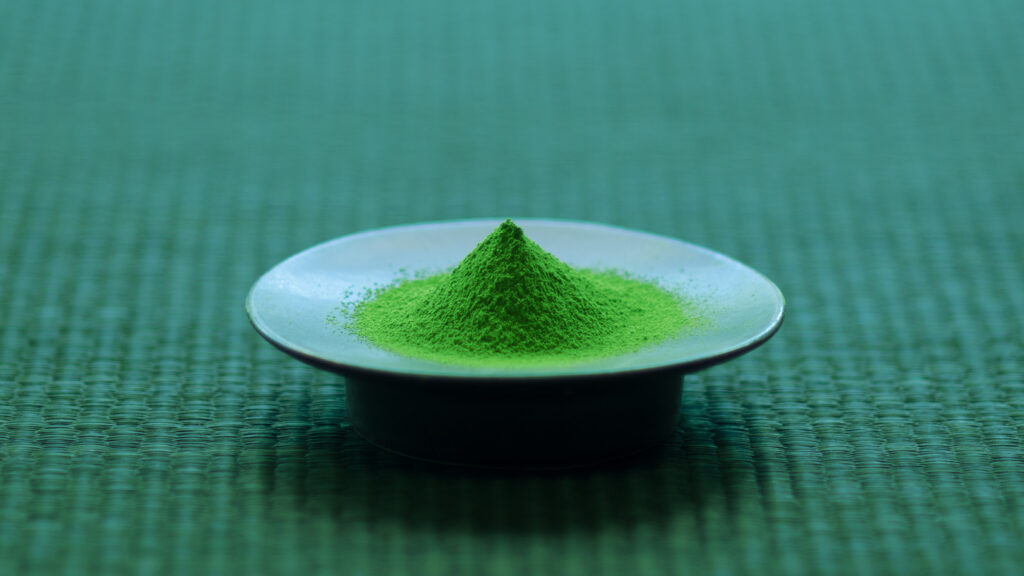
【COLORS OF JAPAN 】
“抹茶色 Matcha-Iro” Shades of Matcha Green Tea Through its Process

